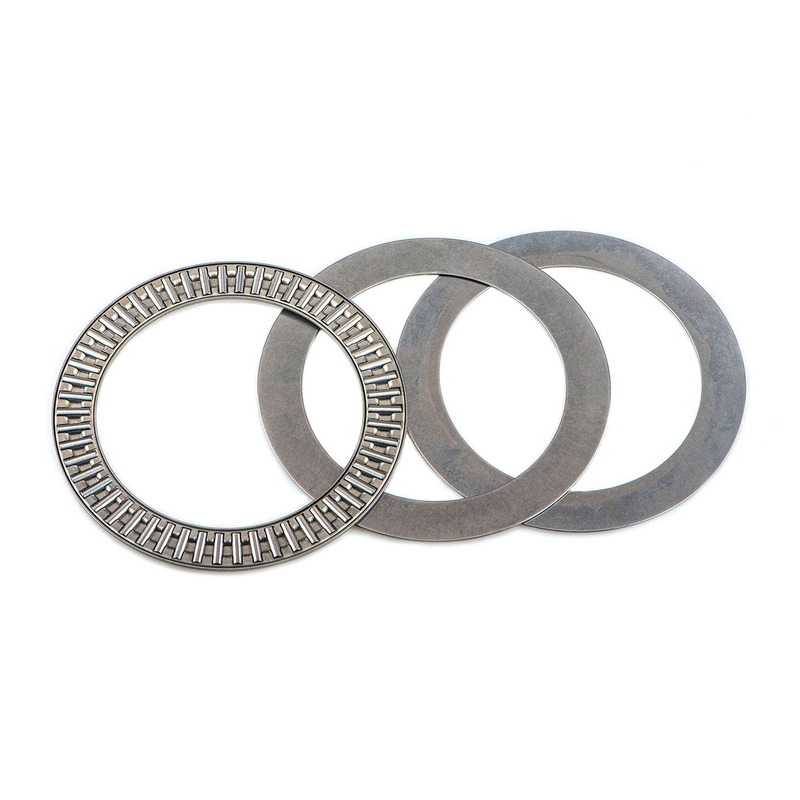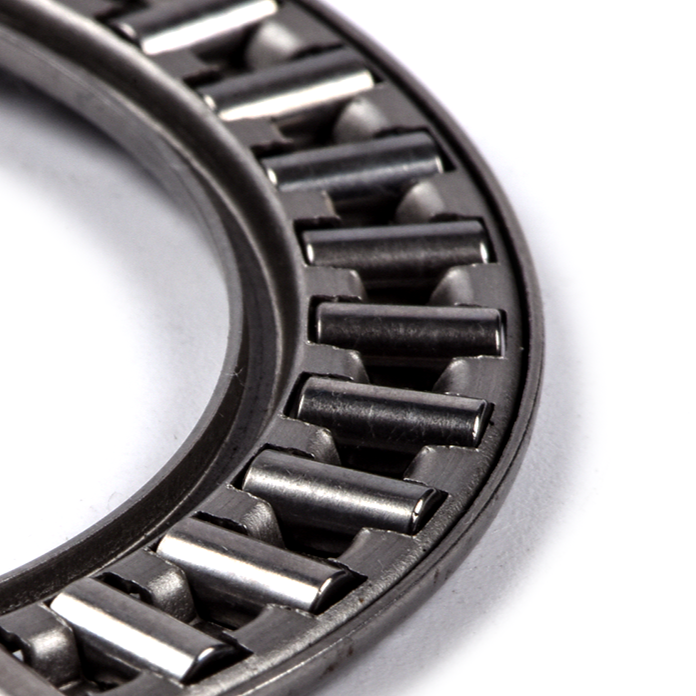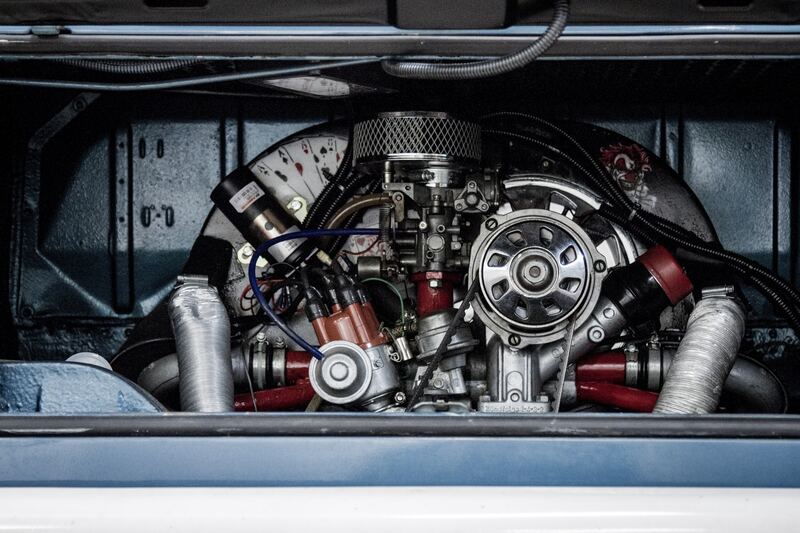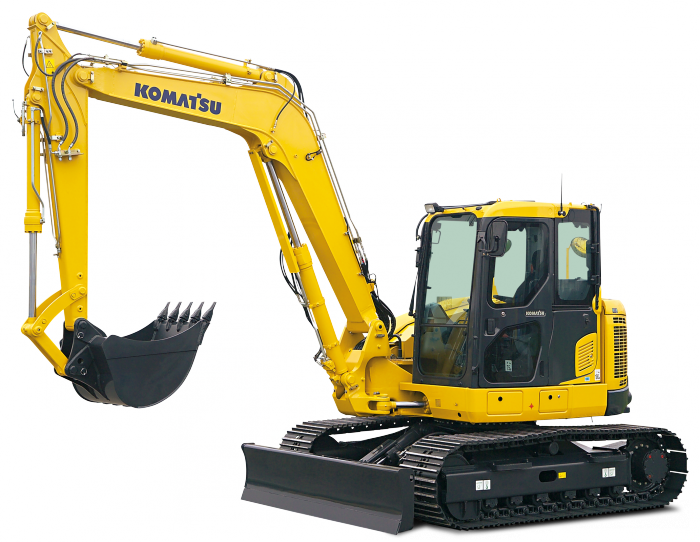Need Support?
Please provide your question. We’ll find you with the best support options.
Table of Contents
1.Introduction of Axial Bearings
2.Understanding Axial Bearings
Axial bearings, an essential component in countless mechanical systems, are designed to support and manage axial loads, also known as thrust loads. Whether you're an engineer, a technician, or simply intrigued by the world of bearings, this comprehensive guide will provide you with valuable insights into axial bearings. We'll delve into their various types, applications, advantages, and essential maintenance practices, ensuring you have a well-rounded understanding of their significance in mechanical engineering.

Axial bearings, often referred to as thrust bearings, are specially engineered to withstand and facilitate axial loads, which are forces applied parallel to the axis of rotation. These bearings are crucial components in applications where precise control over thrust forces is required.
 Key components of axial bearings include:
Key components of axial bearings include:

These flat, disc-like components sit between the bearing's rolling elements and can be separated into two categories: the thrust washer and the thrust roller washer.
Axial bearings employ various rolling elements, such as balls, cylindrical rollers, or needle rollers, which transmit and manage axial forces efficiently.
In many axial bearing designs, a cage is used to maintain proper spacing and alignment of the rolling elements.
Axial bearings come in several types, each designed to cater to specific axial load requirements and application scenarios.
 Some common types include:
Some common types include:

These axial bearings use balls as rolling elements and are suitable for moderate axial loads in applications like automotive transmissions and steering systems.
.jpg)
These bearings employ needle-like cylindrical rollers and are ideal for applications with limited axial space, such as automotive engines and gearboxes.
Axial bearings, with their ability to manage axial loads efficiently, find indispensable utility across various industries and applications, including:

Axial bearings are used in automotive transmissions, steering systems, and wheel hubs to manage the thrust forces associated with vehicle movement.

In aircraft and aerospace applications, these bearings play a critical role in controlling axial loads and ensuring precise control and safety.

Industrial equipment, such as pumps, gearboxes, and machine tool spindles, relies on axial bearings to manage the forces generated during operation.

Axial bearings are used in heavy construction equipment like cranes, excavators, and bulldozers to handle the axial loads associated with lifting and moving heavy loads.
Axial bearings offer several advantages that make them essential components in many mechanical systems:
These bearings excel at managing axial loads with precision, ensuring stable and controlled motion.
Depending on the type, axial bearings can handle a wide range of axial load capacities, making them suitable for various applications.
Many axial bearing designs are compact, making them ideal for applications with limited space.
Properly lubricated axial bearings exhibit minimal friction, contributing to energy efficiency and extended service life.
Axial bearings, also known as thrust bearings, are essential components in mechanical systems where precise control over axial loads is required. Understanding their construction, types, applications, advantages, and maintenance practices is vital for engineers, technicians, and anyone working with mechanical systems. By harnessing the capabilities of axial bearings, you can ensure the efficiency, reliability, and extended service life of your machinery, contributing to the success of your projects and operations.
 Further reading:
Further reading:
Radial Bearings: Types, Applications, Advantages, and Maintenance
Motorcycle Wheel Bearings: The Key to Smooth Ridin
Discover more about the features and applications of various bearings.
Click here to explore more articles and find the perfect bearing for your project.
Needle Bearings (Roller Bearings) are a type of bearing that performs exceptionally well at high speeds. Their rollers are precisely guided by specially shaped, high-rigidity cages with minimal dimensional error. Despite their small cross-section, needle bearings...
How Do Ball Bearings Work? Bearings are often small and unassuming components in a product, yet they are crucial for its proper functioning. Without bearings, many products would fail to operate effectively. But do you know how ball bearings...
Please provide your question. We’ll find you with the best support options.